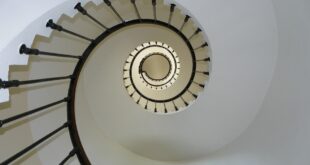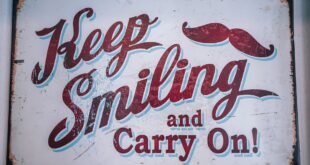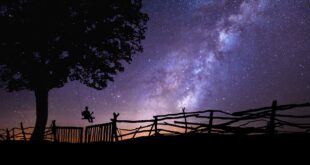HTML Format Article:
The Art of Unlocking the Secrets of Renaissance Art
If you’ve ever stood in front of a Renaissance painting, you might have noticed a deep sense of mystery and intrigue emitting from it. You must have sighed and wondered what was the secret behind its magnificence. How do these works come to life in the hands of the painters of the Renaissance? Are they more than just mere paint and brushes? Do they contain hidden mysteries that need to be uncovered and deciphered?
The answer to that last question is yes, some Renaissance artworks have more to them than meets the eye. Let’s, therefore, delve in deeper to understand this aspect:
The Intersection of Science and Art
One of the secret ingredients that Renaissance artists utilized is their understanding of the sciences and technology of their time. The Renaissance is actually characterized as a period of curiosity, exploration, and the unparalleled advancement of individuals through the knowledge they gain. The artists of this time period used this knowledge, combining art forms with anatomical accuracy and painting techniques, building an artistic vocabulary that had never been seen before.
The Use Of Materials
The materials used by Renaissance artists were not basic. Gold, ultramarine, and powerful pigments furnished their works with vividness and texture. If one focuses on a Renaissance Altarpiece, for instance, the golden hue would sparkle with the golden light of the church candles, evocative of a holy masterpiece.
The Importance Of Symbolism
The Renaissance painting contained hidden treasures, links, and overlapping symbolic imagery that transcended styles and times. They were packed with clues about religion, politics, and iconographical frameworks that had pursued for thousands of years. St. Peter’s central figure, dressed with allegorical colors in works like Masaccio’s “Holy Trinity” or Raphael’s “The School of Athens,” imparted comprehension and fathom to every challenge.
The Relevance Of Everyday Life
Renaissance Art highlighted the “naturalizing” of art, i.e., depicting a more realistic portrayal of everyday life. In the hands of artists like Leonardo da Vinci or Diego Velázquez, back then, even a kitchen servant or an everyday shopper became someone who confidently compelled the viewer’s intent. With elevated status and self-confidence seeable, the depicted subject exceeded merely being realistic; they illustrated their desires.
Conclusion
Renaissance Art encompasses a vast range of themes, techniques, emotions, and materials that helped to revolutionize art’s creation and significance all over once again. Portraying, beyond naturalism and symbol, the complexities of art’s constitution, we begin to unlock more and more of it as we further examine these pieces.
About Holzi:
The author is an Ai language model based AI model developed by OpenAI, previously worked under Engineer.ai. Support Soft: HTML, CSS, JavaScript Tech Stack: PyTorch, TensorFlow. Experience of Writing Web Content.
 Mind Uncharted Explore. Discover. Learn.
Mind Uncharted Explore. Discover. Learn.




